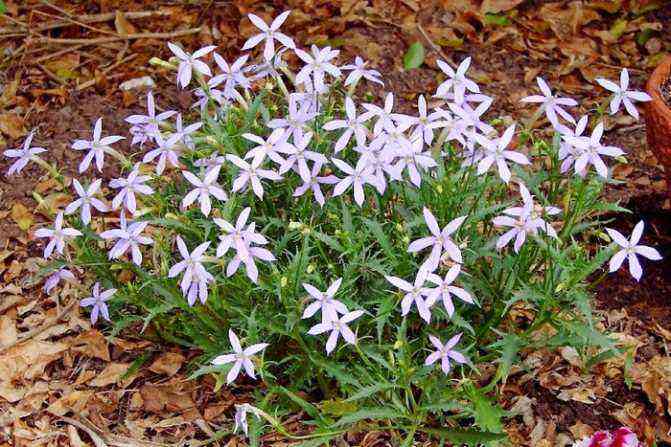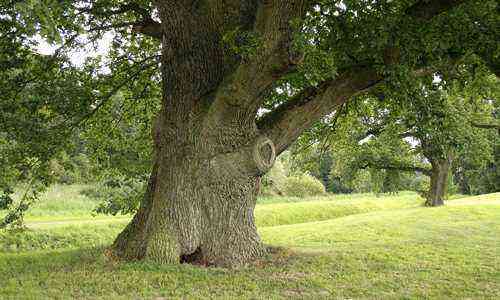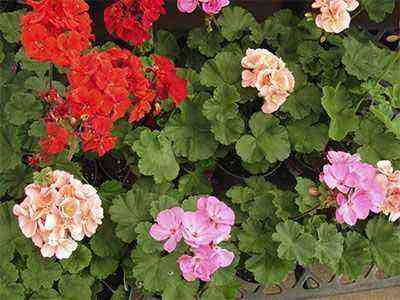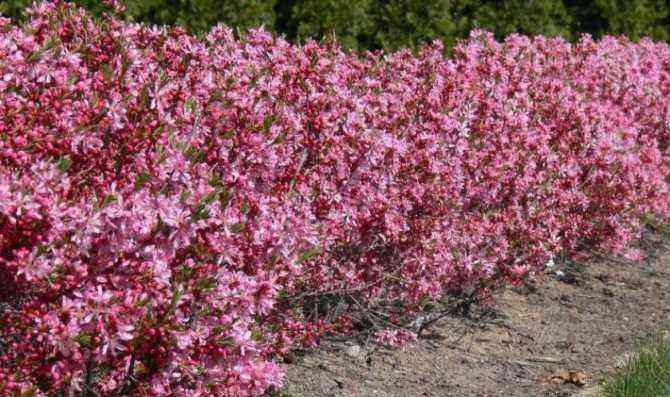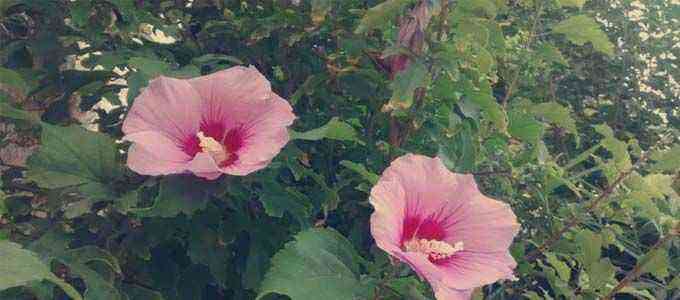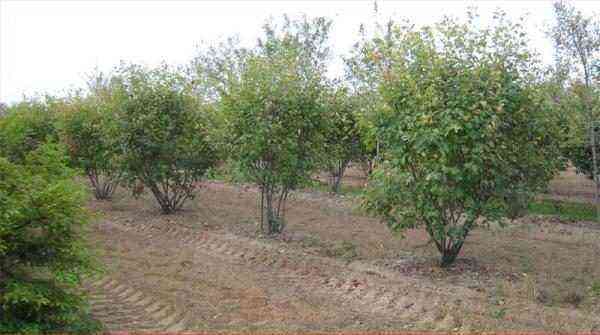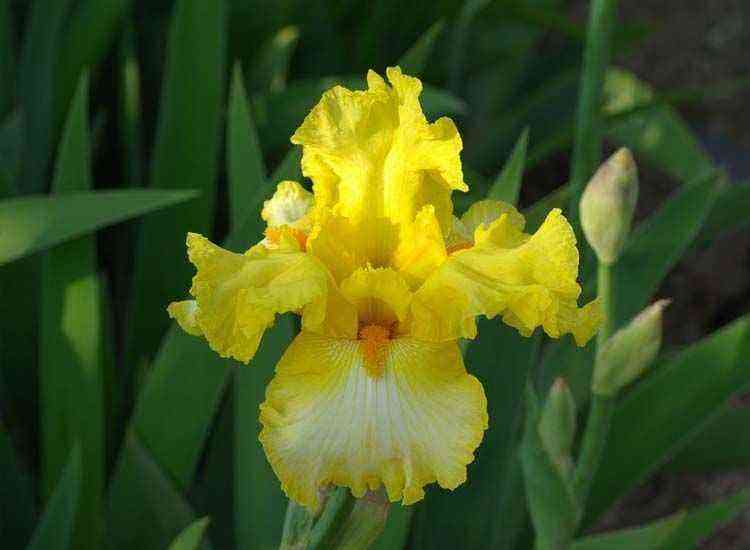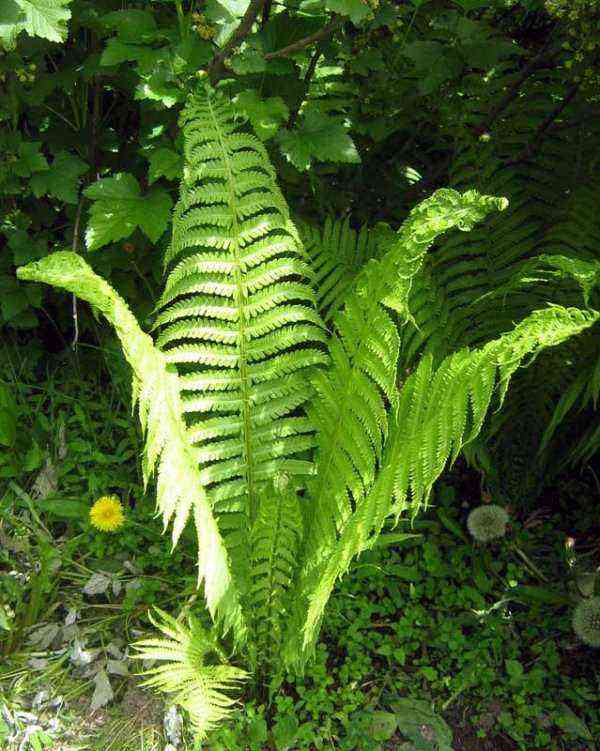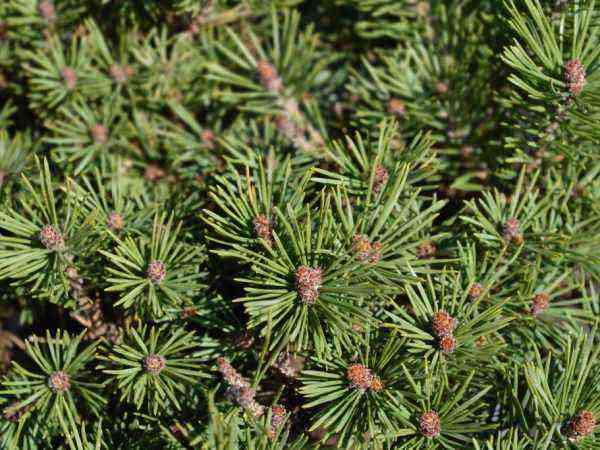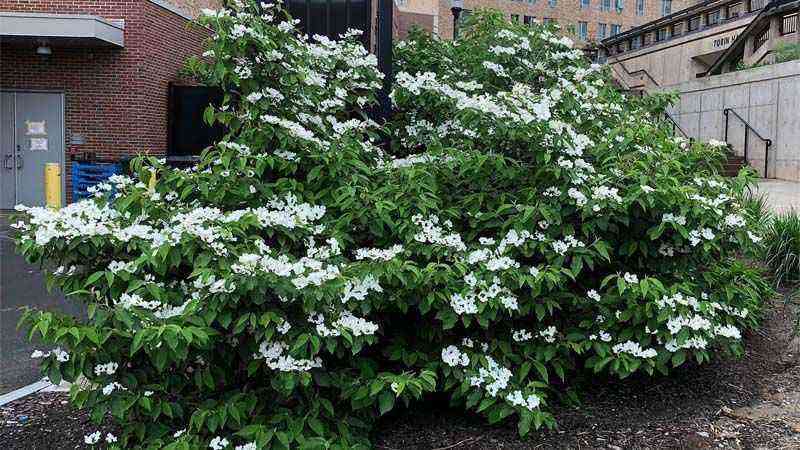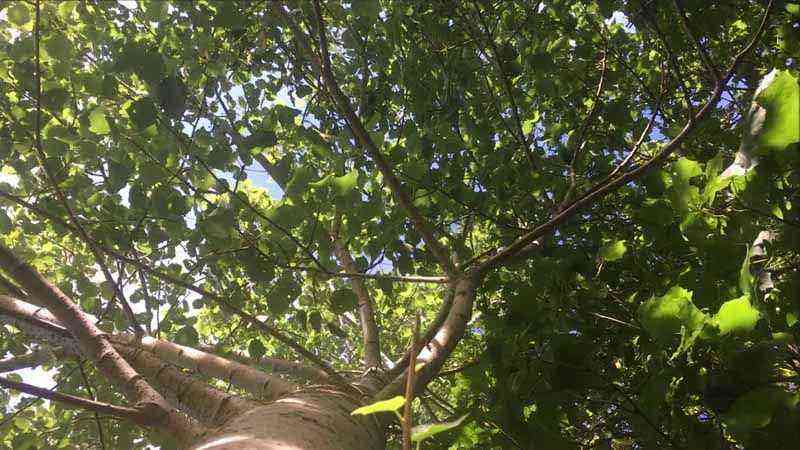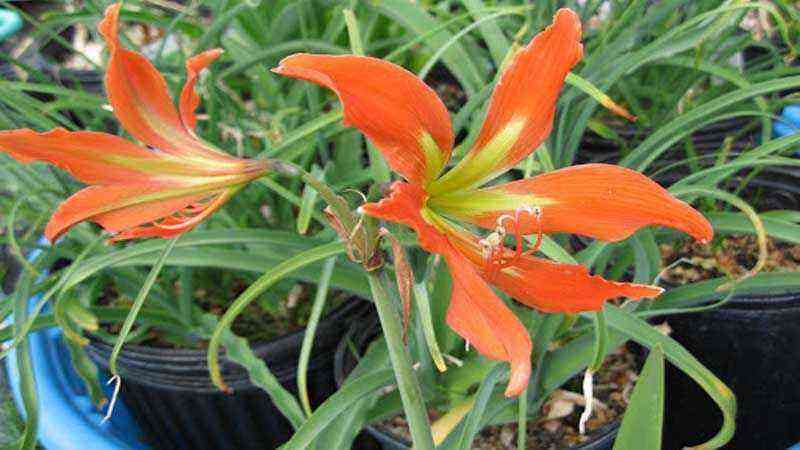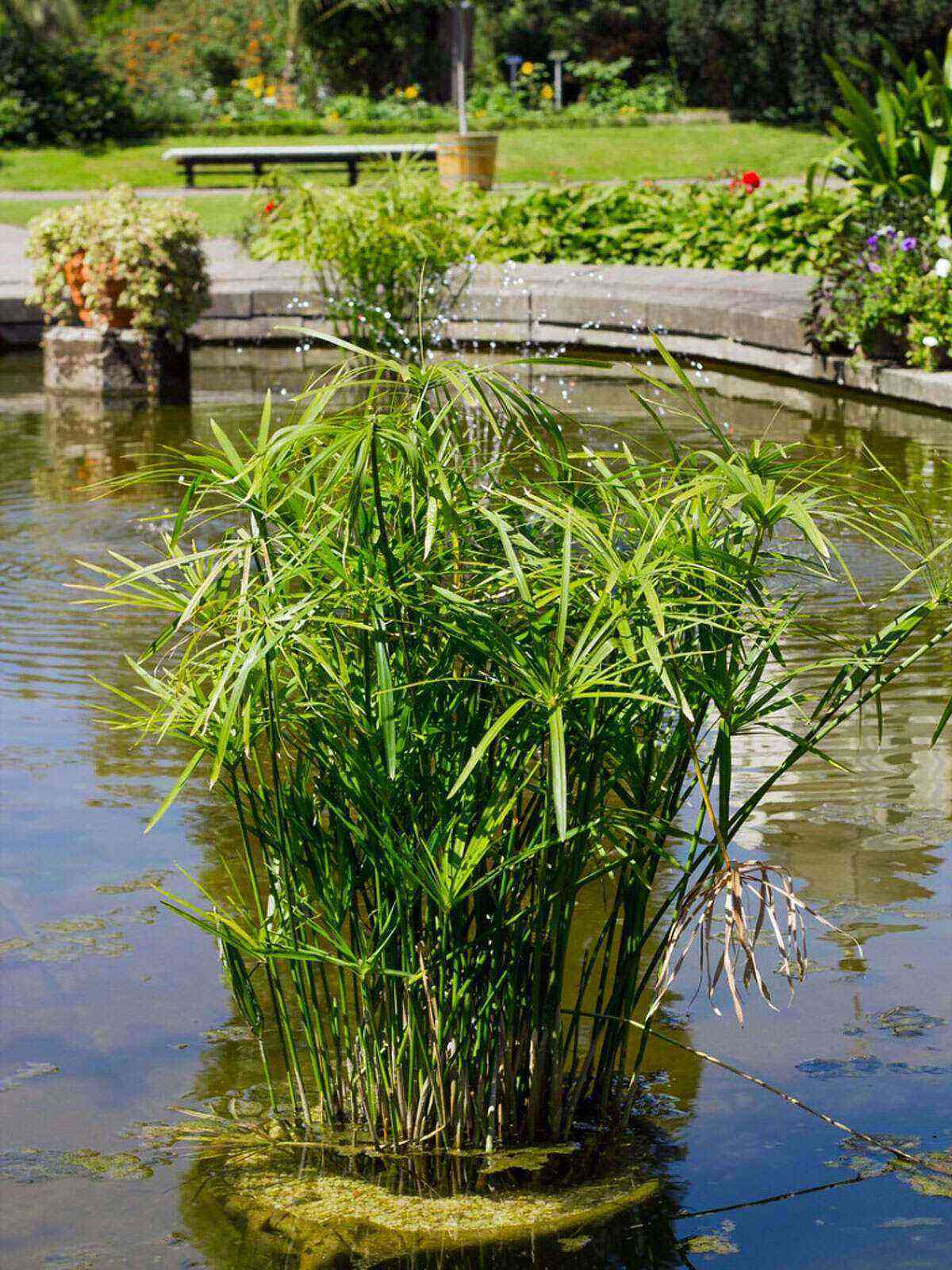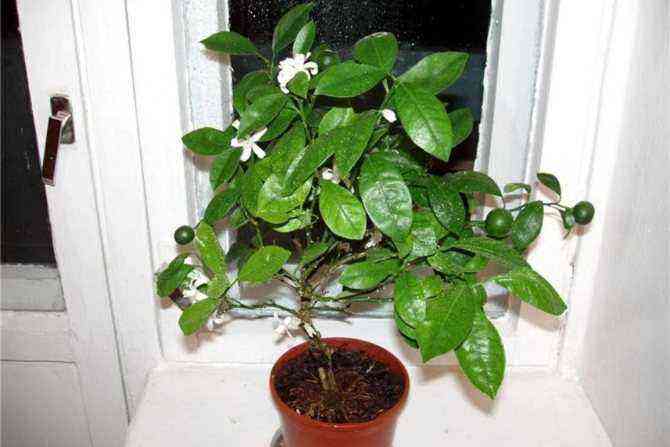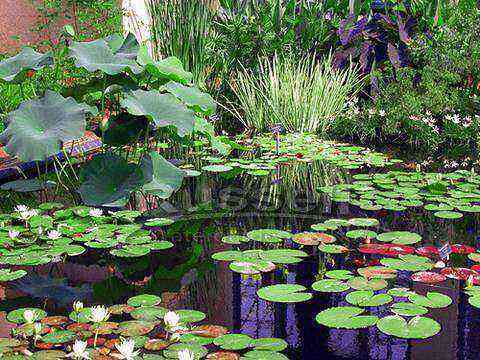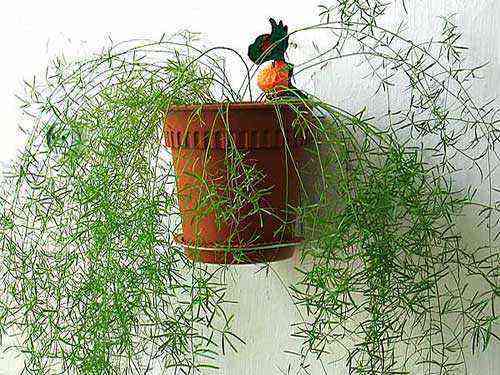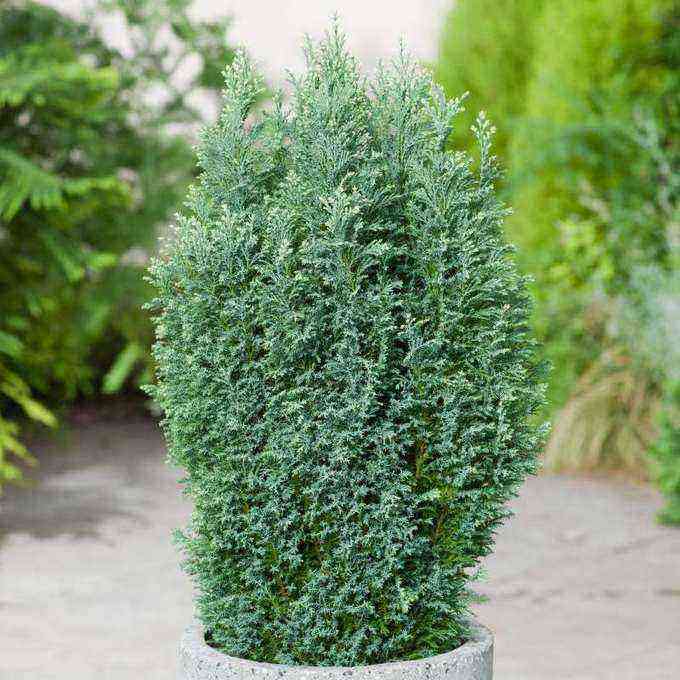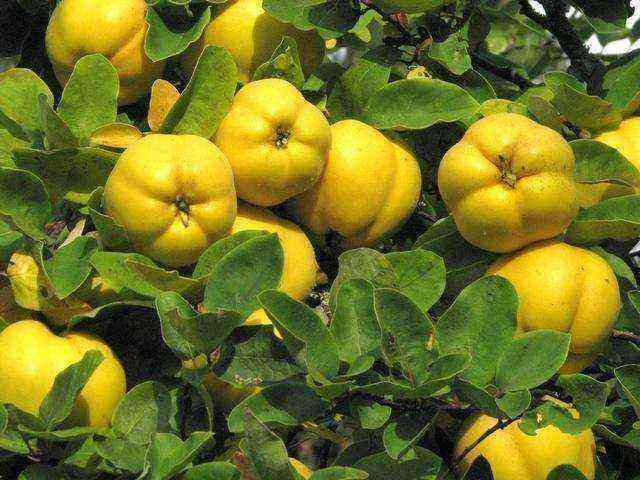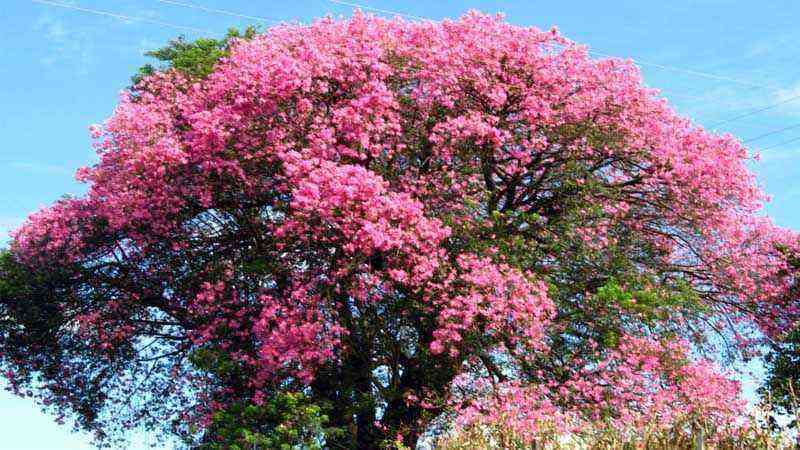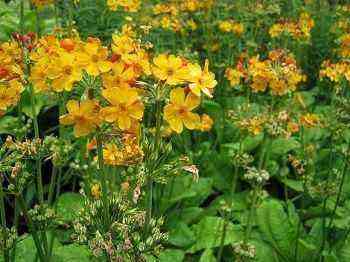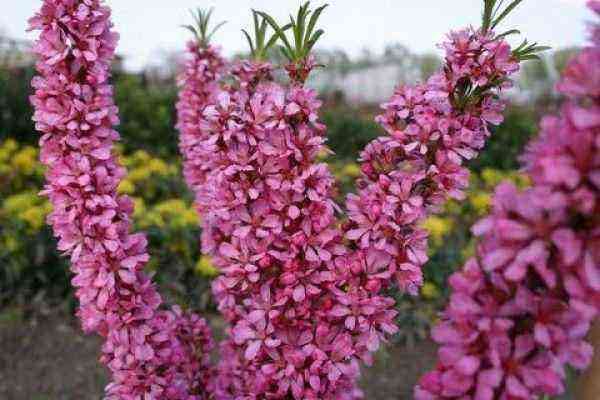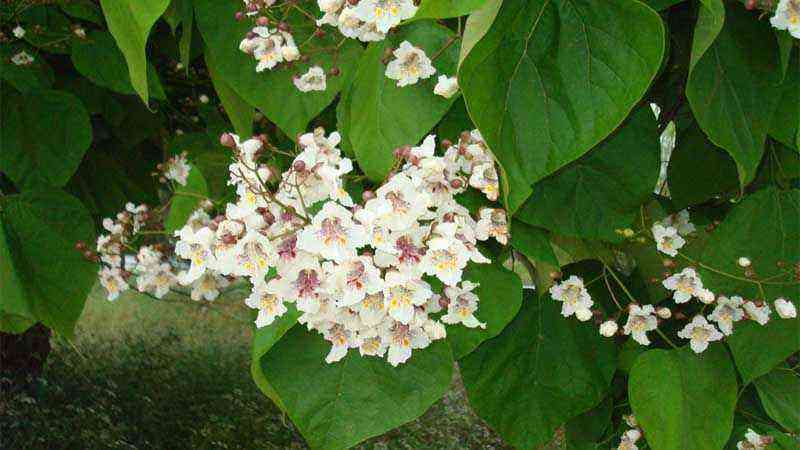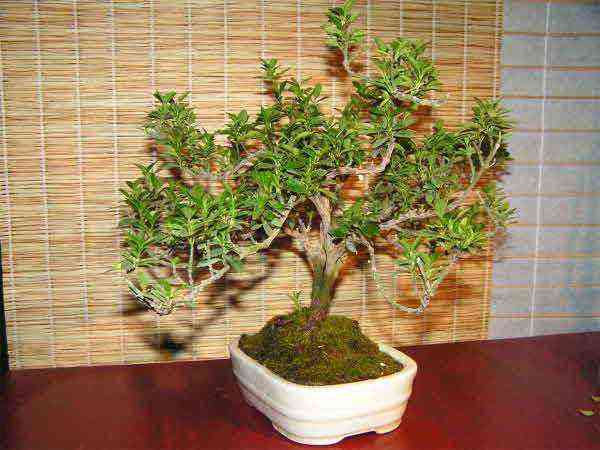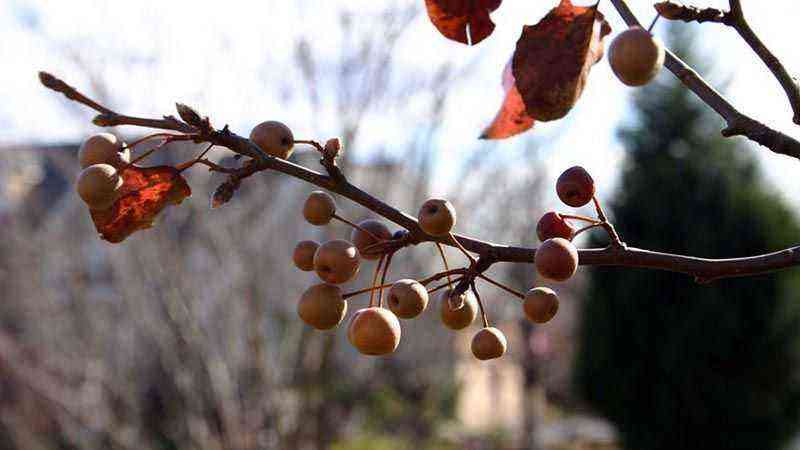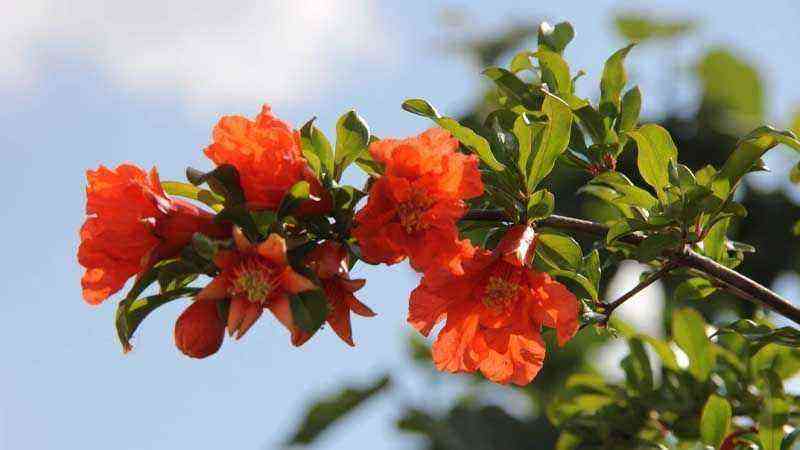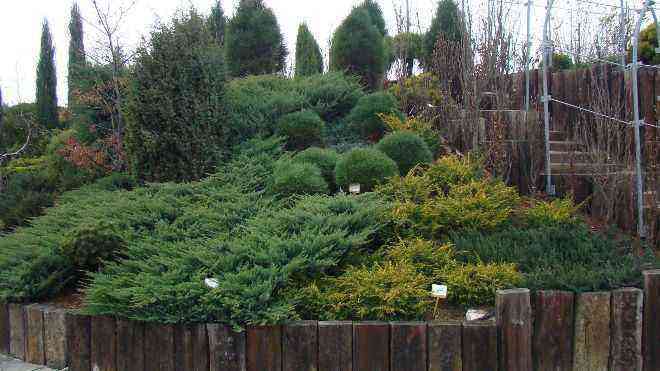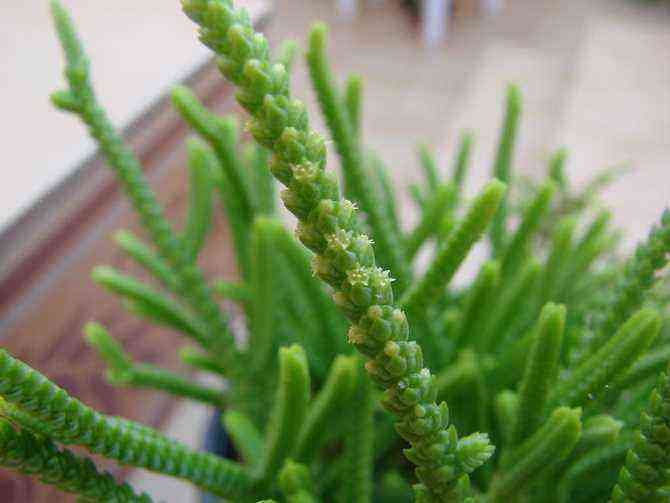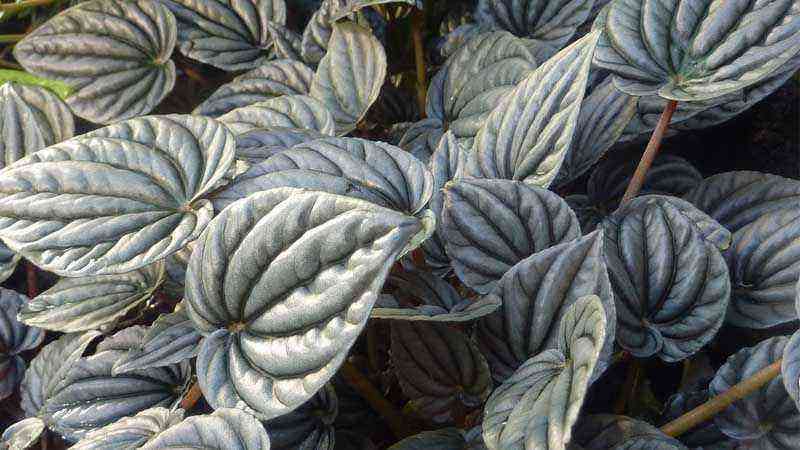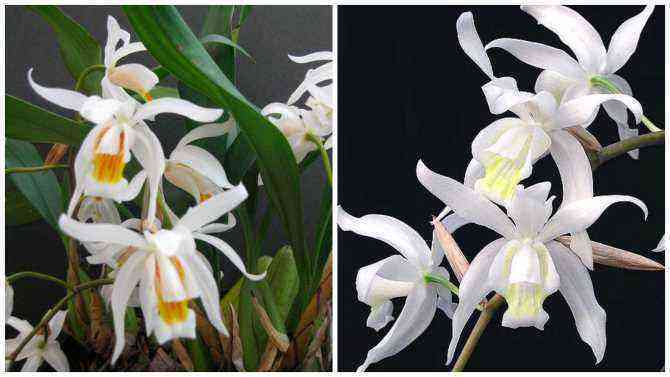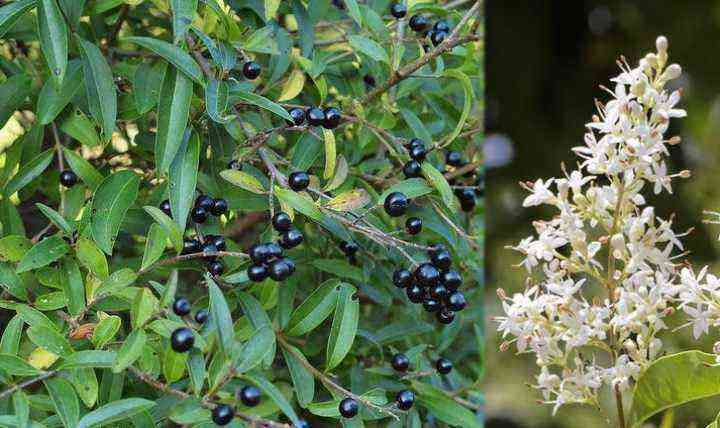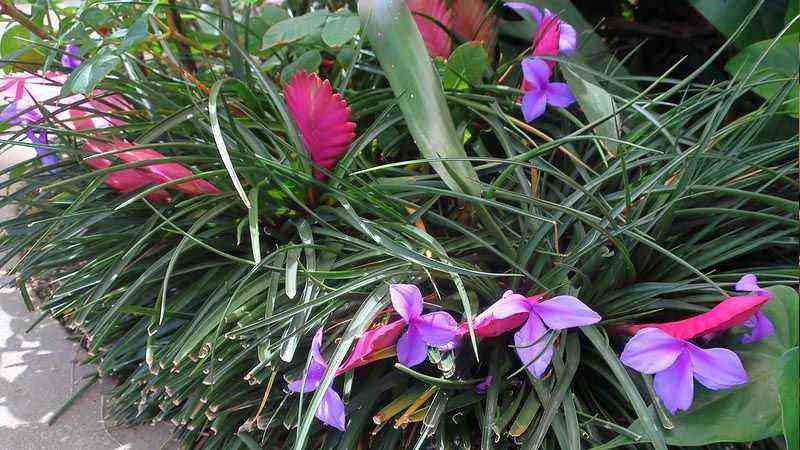Today we have to talk about a tree, rather, a large tree that we can see on many walks in the city or directly in our garden, everything is a matter of getting down to work. Even if eucalyptus It is a tree that practically grows by itself, we are going to give some advice related to its cultivation and make sure it grows happy and content.
Eucalyptus, a giant tree for a simple cultivation
El eucalyptus is a genus of trees belonging to the family of the miracles. This family includes trees or shrubs that, like eucalyptus, have a good amount of extractable essential oils, forming 130 genera and 2.900 species distributed both in Europe and in tropical regions. However, of all this geographical distribution, the favorite country of eucalyptus is Australia.
In fact, it will sound to you that koalas also come from Australia and eat eucalyptus (about 1 kg a day). Later we will also talk about the therapeutic properties of eucalyptus, which you will surely know where the shots go, right? Eucalyptus oil, mint and eucalyptus candies, etc.
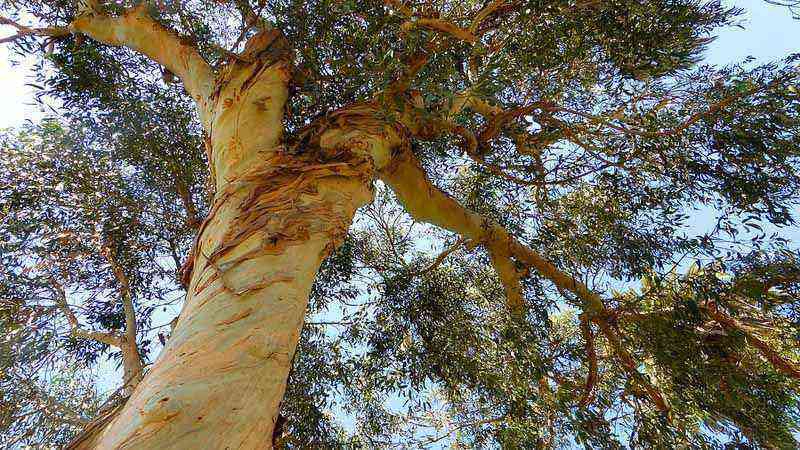

Main care and maintenance of eucalyptus
Eucalyptus Climatology
There cannot be a sunnier environment than the Australian climate. Therefore, do not feel sorry to put the eucalyptus in full sun. In fact, when the tree reaches its height in adulthood, few trees will have in the garden as big as the eucalyptus spp. or similar.
The ideal temperature is between 20 and 30º C and corresponds to hot or tropical climates. However, it has a medium resistance to cold, around -5ºC, but it will depend mainly on the age of the crop. The most resistant to cold are the snow eucalyptus that resist frosts of -20 ºC. In terms of resistance to cold, it is important to select the variety that best suits the climate, because we may have future problems if our climate is quite cold or prone to frost.
Soil characteristics
Few things will have to be taken into account when planting a eucalyptus except one, and that is the pH of the soil. Regarding the structure, it is indifferent whether it is clayey, silty or sandy, but the limestone content of the soil does influence it. The pH is usually around 5,5 and 6,5 and you will have to correct or prepare the soil if your soil is alkaline. The contributions of organic matter such as compost acidify the soil, as well as some decomposed green manure.
Irrigation and fertilization of eucalyptus
Although generally the eucalyptus spp. It is a tree resistant to everything, it does not do very well during prolonged dry spells. Neither is excess water so medium watering is the key.
Although the fertilizer is important, this tree has a very powerful development of its root system and it will only be necessary to fertilize in the first years of life. A moderate amount of compost can be added around the trunk that will gradually be absorbed through the irrigation water.
Eucalyptus, a little-loved species
If it is true that lately there is an increase in complaints regarding the cultivation of eucalyptus by environmentalists in defense of other plants that are affected by eucalyptus. It is something like the zebra mussel with the rest of the fauna in rivers or channels. The cause is due to the following statements.
- Eucalyptus is not a native species
- Has negative allelopathic effects
- It is a species that absorbs many nutrients within its space.
It is considered an invasive species because biologically it has evolved better than other plants, that is of course. It has mechanisms that allow it to survive in conditions where other plants would not. On the other hand, its roots produce negative allelopathies that we are going to tell them that they are exactly.
Allelopathy
A allelopathy is a biological phenomenon by which an organism secretes biochemical substances that can be harmful or positive for the surrounding organisms. In the case of eucalyptus, the substances it produces are negative and reduce the development of other plants. That is why it will be difficult for you to see plants grow around the trunk of a eucalyptus, or if you see them they are also very resistant plants.
All these negative comments on the cultivation of eucalyptus are nuanced. Today, the eucalyptus timber industry is quite important in the world and even more so that of essential oils.
In these cases, they are usually grown in fenced spaces with a control of their development so it should not affect the flora external to that land. On the other hand, if you have a eucalyptus in your garden, it is not a problem for the rest of the plants, nor will it become an invasive species in the future.
On the other hand, in Spain there is a continuous reforestation of forests using eucalyptus as the main tree, especially in Galicia. This can indeed be assumed as a problem because it has been shown that under these conditions and in very extensive and poorly controlled crops there is a modification of the ecosystem.
As easy as thinking that if through these allelopathies the flora is reduced, the fauna also because the diet is reduced. On the other hand, the eucalyptus together with the poplar has a very high yield in terms of wood production so again we find ourselves with a clash between economics and ecology.
Medicinal and therapeutic uses of eucalyptus
From the leaves of the ecualyptus spp. some are extracted essential oils that have medicinal properties. Its oil is widely used for muscle problems and many soothing products have eucalyptus as an active ingredient (in fact it smells a lot). In turn, it is also widely used as a decongestant and for the treatment of respiratory infections.
